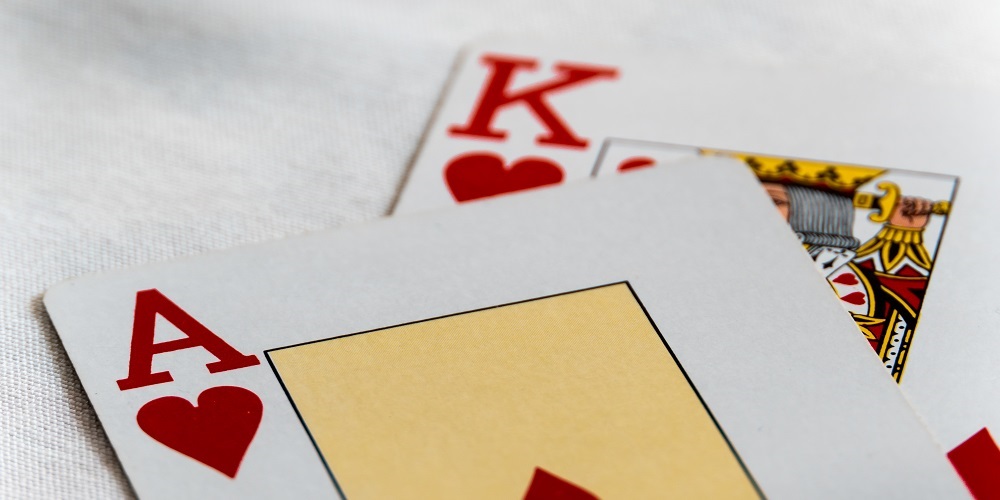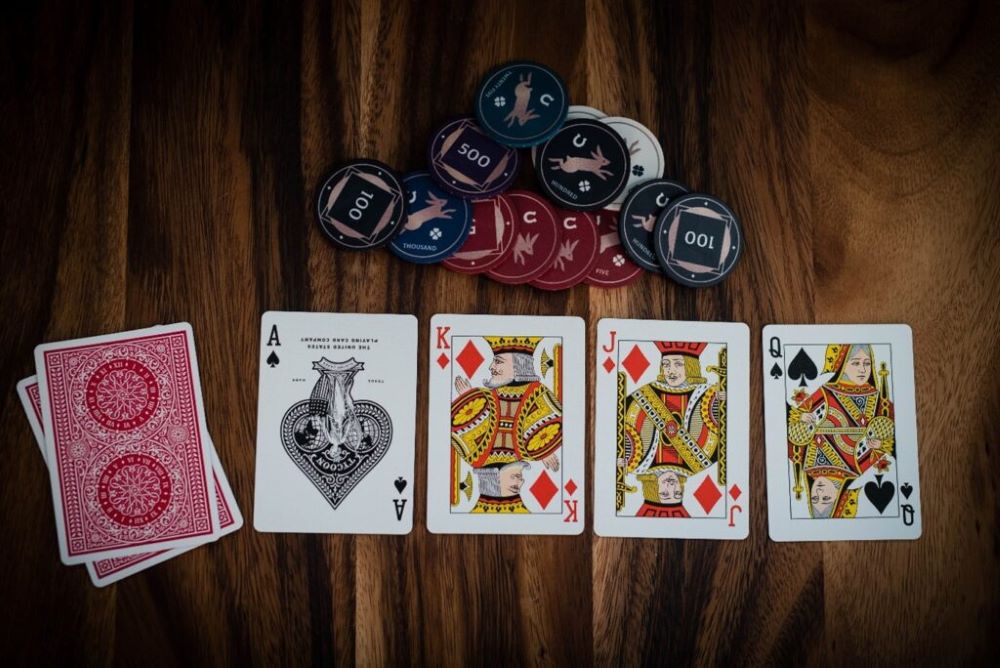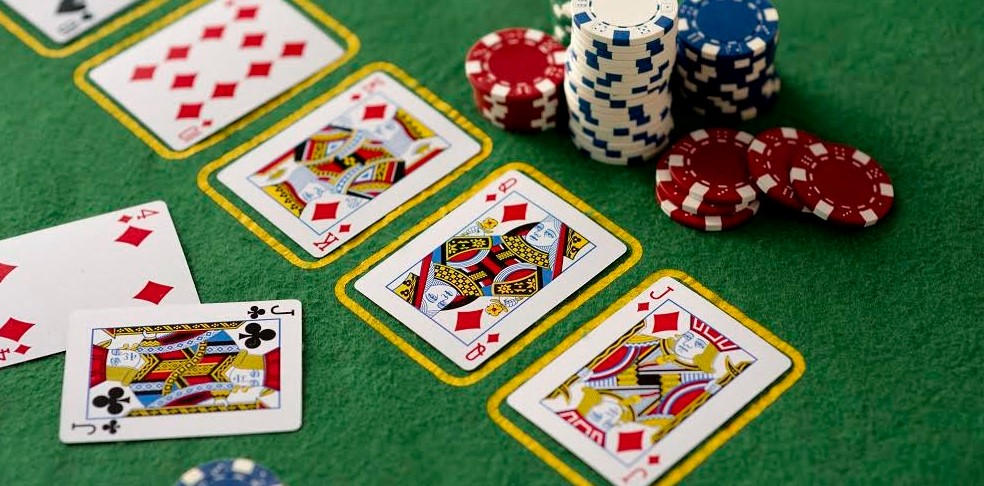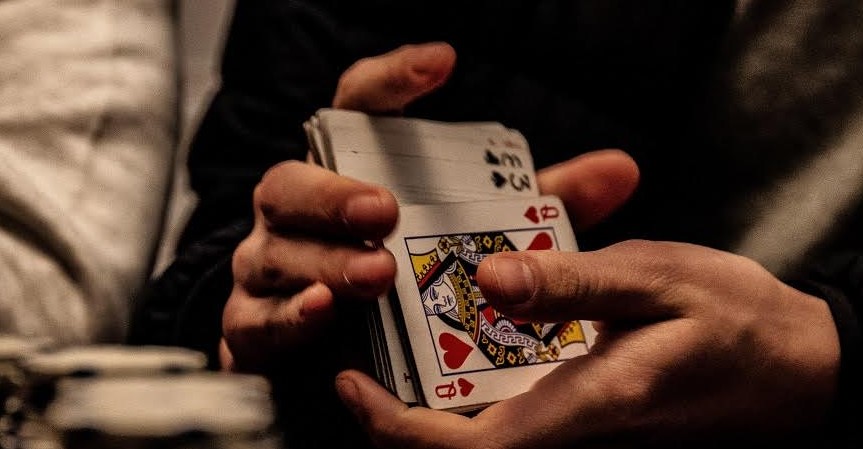Texas Hold’em is the most played poker game in the world, both in live games and in online casinos. If you are attracted to poker and want to rub shoulders with the best players in the world someday, you are going to have to learn how to play Texas Hold’em well, and for that the first thing is to have an overview of how a Texas Hold’em poker game works.
But, how to play Texas Hold’em at the beginning? Do you have what it takes? Let’s see if you know all of these tips! Take a look to our Texas Hold’em guide to find it out.
Rules for Texas Holdem Poker

The first step of all is to know the basic rules for Texas Hold’em poker, since the whole dynamics of the game revolves around them. The objective is very simple: to win the pot, how? By having better cards than our opponents.
What determines which cards are better than others are the hands. A hand is a combination of cards that has a specific level of strength, marked by the hierarchy of hands. A fundamental aspect of Texas Hold’em is to know what is the order of the hands according to their level of strength, something we will see in the next section.
Under that simple premise hides a tremendously complex game, with many layers and many aspects to analyze in order to choose the optimal strategy. Poker is much more than a game of chance; you have to accept that. Luck plays an important role, but calculations, mental dexterity, control of probabilities and analysis of the opponents is fundamental to find the optimal strategy.
“But what strategy do you need to follow, beyond forming the best hand?”, you may ask yourself. In poker, it is not only important to have the best cards, but also to minimize the risk of losing the bet. Then, there are aspects that you also have to work on, such as avoiding increasing the pot more than necessary, not paying bets without measuring risks, analyzing the body language of others to try to find out how they are playing and so on.
In the search for the best hand there are ways to cheat your opponents. For example, you may not have good cards, but you want to pretend you do. This is called a bluff, and if it goes well, you can get the money without having tied a good hand. But for a bluff to work, you have to bluff everyone in the hand, and that’s tricky. Therefore, bluffing is not recommended for beginners. There will be time to unravel all the layers of poker.
Basically, we could say that poker is a game that can be as deep as your level of experience allows to be. The more skilled you are, the more variables will affect your game. This is the way for an amateur player to specialize: to become aware of all the factors that can alter the outcome of the game, and whose control and mastery can tip the balance to your side.
Best hands Texas Holdem
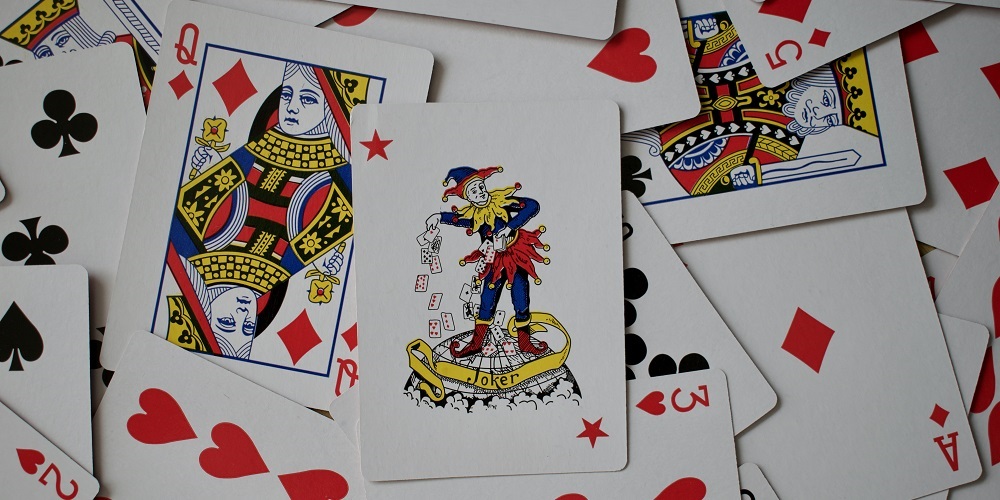
Knowing the hierarchy of hands is essential to play Texas Hold’em. In increasing order, the poker hands are as follows:
- High Card. It is practically nothing. If with your cards and the community cards you have not managed to hit anything, it is considered high card. For example: 2♦ 5♥ 6♣ 9ª K♥.
- Pair. Formed by two cards of the same value. For example: 5ª 8♥ 9♣ J♦ J♥.
- Double Pair. Combination of two cards of the same value and two other cards of the same value. For example: 3♦ 7♣ 7♥ A♣ A♥.
- Three of a kind. Formed by three cards of the same value. For example: 4♦ 8♥ K♣ K♥ Kª.
- Straight. Five cards of sequential value of different suits. For example: 4♣ 5ª 6♦ 7♣ 8♥.
- Flush. A hand that is formed with five cards of the same suit. For example: 2♣ 7♣ 8♣ 10♣ J♣.
- Full House. A combination of a three of a kind and a pair. For example: 5♦ 5♣ A♦ Aª A♣. This would be called a full house of aces fives.
- Poker. Four cards of the same value. For example: 6♣ K♦ Kª K♣ K♥. This would be a “poker of kings”.
- Straight flush. One of the best hands in Texas Hold’em poker is formed with five cards of sequential value and of the same suit. For example: 5♥ 6♥ 7♥ 8♥ 9♥.
- Royal Flush. The most powerful hand of all. It is a straight flush, but formed by the highest cards of the suit. In this case: 10ª Jª Qª Kª Aª.
Texas Holdem: what beats what?

Having the list of Texas Hold’em hands at hand in this Texas Hold’em guide, it is easy to tell what beats what. As we have described them in ascending order, the hierarchy is clear. Now, what happens in case of a tie?
In that case, we have to look at the kicker. The kicker is the card that accompanies the hand, and whose value would not be relevant… if another player had not managed to tie the same hand as you. In case of a tie, it is the kicker that determines which player beats whom.
You can’t make too twisted an interpretation of the way winners are designated in poker. Moreover, it is not a point of contention, poker has its own fronts that tend to be more contentious, but the order of the cards used to determine which of the opponents is the winner, even in the event of a tie, is not one of them.
Texas Holdem betting order

A very important aspect in Texas Hold’em is the betting order. What is the order of each player?You should already know. Why? Because in the preflop, the first round and the one preceding the flop (when the first community card is revealed), the game is played blind and only on the basis of the player’s own two cards. The player who speaks first goes totally blind, with no information from the other players.
On the other hand, the player who speaks last in the preflop has a big advantage, since he has seen the moves of all the players before making his own, and has had more time to analyze the tells of the opponents (we understand by tell every signal that a player makes voluntarily or not and that gives away the intentions that he hides) before betting.
This advantage is extended to each of the rounds of the game. The player who speaks last has the most advantage, simply because he has more information than the other player. In games with an important pot, the fact of speaking earlier or later can be decisive to take risks or not to do it.
The order in which you speak in a round of Texas Hold’em is as follows in our Texas Hold’em guide:
- UTG.
- UTG +1.
- UTG +2.
- MP1 (Mid Position 1).
- MP2 (Mid Position 2).
- MP3 (Mid Position 3).
- Cutoff.
- Dealer.
- Small blind.
- Big blind.
This structure is the one that would follow a full ring poker table of 10 players. For a table of 6 players, UTG +1 and UTG +2 are dispensed with, and only a Mid Position remains.
3 Texas Holdem Strategies

The Texas Hold’em strategies are defined as the hand progresses. It is important to analyze each moment to define a clear strategy depending on how the hand is developing.
These are the three basic pillars to create a winning strategy in a Texas Hold’em game:
- Learn to play strong hands at the right time. Being in the right position with the right cards is a good way to shape your strategy. When faced with an unexpected move (for example, a raise from UTG), you can analyze the reaction of the other players to see what they are basing their play on. This will give you a lot of information.
- Change your style of play. If you always play the same, you will eventually x-ray your moves, and that is the worst thing you can do. Instead, be changeable, change the way you play and see how your opponents react. That will make your heads-up play harder to read, which will give you an advantage during the hand.
- Urge the rest to increase the reward pool. Increasing the prize pool will make the pot keep growing, something that interests you if you have a good hand or you are in a project and want to play aggressively. This will allow you to qualify for a bigger prize. If the pot doesn’t grow, all the effort to maintain your hand will feel wasted. Get the full potential out of your cards!
Another poker variety similar to Texas Holdem
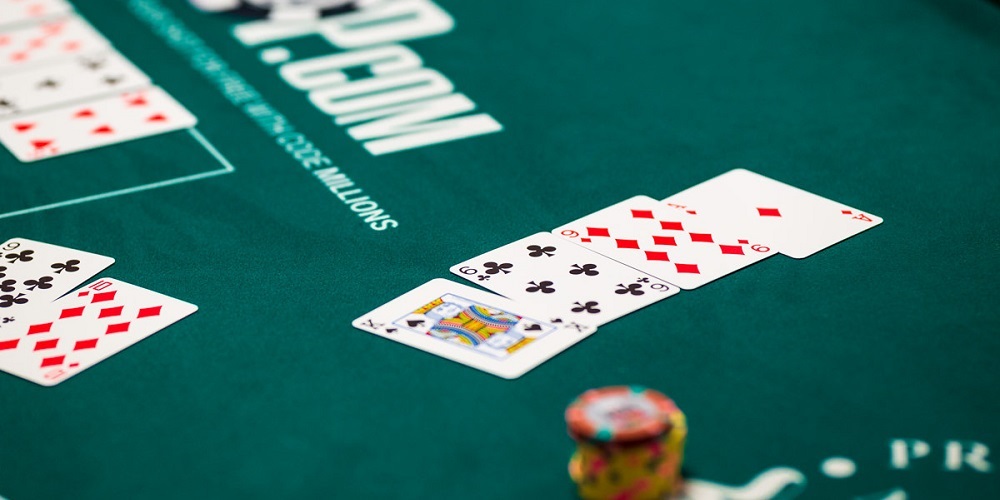
There are several poker modalities, and each one has its legion of followers. Playing one or another is a matter of style, and depending on the preferences of each player, each one will choose one modality or another.
The Omaha High poker is one of the most famous varieties, similar to Texas Hold’em poker. In this mode, each player receives four-hole cards of his own and five community cards are dealt in each phase.
In Omaha poker, players can only use two of the four-hole cards to make the best hand, which opens up a whole new world of strategy. Within Omaha itself there are other styles, such as Omaha Hi/Lo, with two split pots.
Omaha is the poker modality most similar to Texas Hold’em. Other variants, such as Caribbean poker, bear little resemblance and are far from what can be seen in a Texas Hold’em game.

